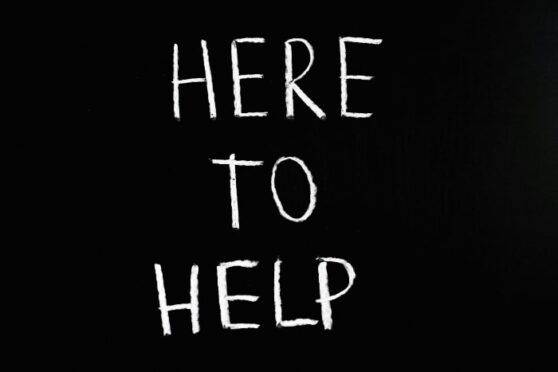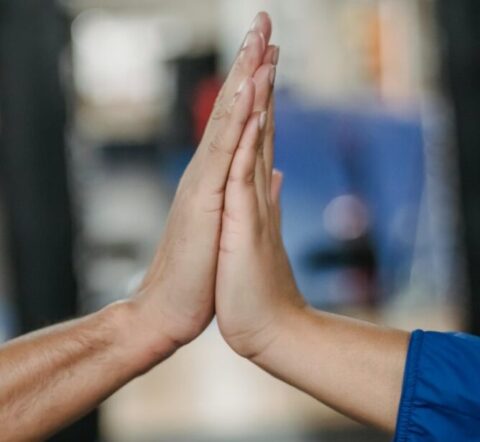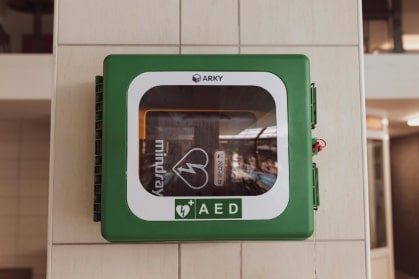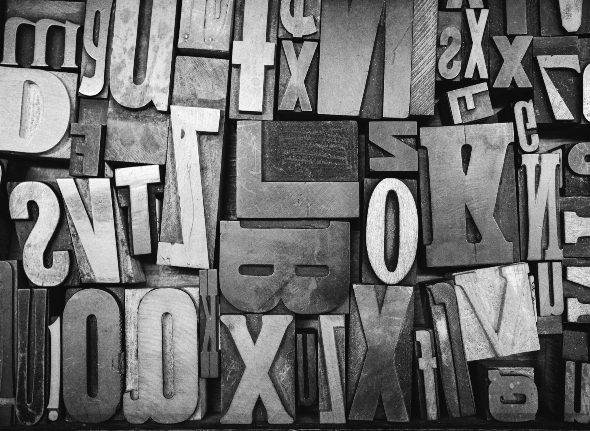What is CPR and what do I need to know?
CPR, also known as Cardiopulmonary Resuscitation, is a medical technique performed on someone whose heart has stopped beating. It saves up to 5000 lives every year. By teaching the population this vital skill this figure will only increase. Read on to learn the basics of CPR.


Why should you learn CPR?
CPR could save someone’s life, so it’s an incredibly useful skill to have on its own merit. Knowing CPR also helps you take control of situations and makes sure that you won’t just be a bystander if the worst were to happen.
Many people are hesitant to conduct CPR everyday as they don’t feel confident in their ability to, or just don’t know how to. By learning CPR, you can help people survive. Therefore, keep reading this article to learn how to help people and watch the video below for a visual aid.
How do you do CPR?
So, how do you actually do CPR?
It’s important to get this absolutely right, so we asked Senior Paramedic Aiden Wilson for help. He’s also been in the hit BBC show Ambulance. Read on to see what he said.

Performing CPR (cardiopulmonary resuscitation) can save a life. Here’s a basic guide:
- Check the scene: Ensure it’s safe for you and the person you are helping.
- Check the person: Tap their shoulder and shout, “Are you okay?” If they don’t respond, they may need CPR.
- Call for help: If someone is nearby, ask them to call emergency services. If you’re alone, call emergency services yourself, or use a speakerphone if available.
- Open the airway: Tilt the person’s head back slightly and lift the chin to open their airway.
- Check for breathing: Look for chest movement, listen for breathing, and feel for breath on your cheek. If they’re not breathing or only gasping, begin CPR.
- Start compressions: Place the heel of one hand on the centre of the person’s chest (between the nipples), then place your other hand on top. Lock your elbows and position your shoulders directly above your hands. Push hard and fast, aiming for a rate of 100 to 120 compressions per minute.(see below for some songs to help you with this!) Allow the chest to recoil completely between compressions.
- Give rescue breaths: After 30 compressions, give two rescue breaths. Tilt the person’s head back, pinch their nose closed, and give a breath that makes their chest rise. Repeat.
- Continue CPR: Alternate between compressions and breaths.
- Continue until help arrives: Keep going until emergency services take over, or the person starts breathing normally.

Keep calm
Everyone reacts differently to emergency situations, by doing CPR you are increasing the chances of the person making a full recovery. Just relax, take a deep breath and remain calm.
Some people fear ‘hurting’ an individual by pressing down on their chest, it is really important that you are firm when delivering compressions in order for the person to have the best possible chance of survival.
Additionally, if you struggle with the timing of the compressions, click here for a playlist full of hit songs where the beat syncs up with the compressions per minute you need to follow for CPR, collated by the American Heart Association.
What’s the history of CPR?
This method has been first been tracked back to the 1500s in Switzerland where they discovered that blowing oxygen into a person’s lungs could increase survival chance. Jump to 1957, when the Johns Hopkins team created the first ever defibrillator. In the 1990s, the modern defibrillator was rolled out with training given across the country.
In 2003, The LUCAS device was released to medical professionals which is predominantly used in the medical industry to save lives as it can be used even without power as it uses compressed air instead of battery like previous versions. This device creates automatic chest compressions which removes the risk of human error and is carried in most ambulances.

Find out more
Learn how to do CPR on a child or baby on the British Heart Foundation website.
See a more in-depth tutorial on how to perform CPR on the St John Ambulance website.
Related

Staying safe for Halloween
[rt_reading_time...

National Dyslexia Week: Thinking Differently About Dyslexia
[rt_reading_time...
